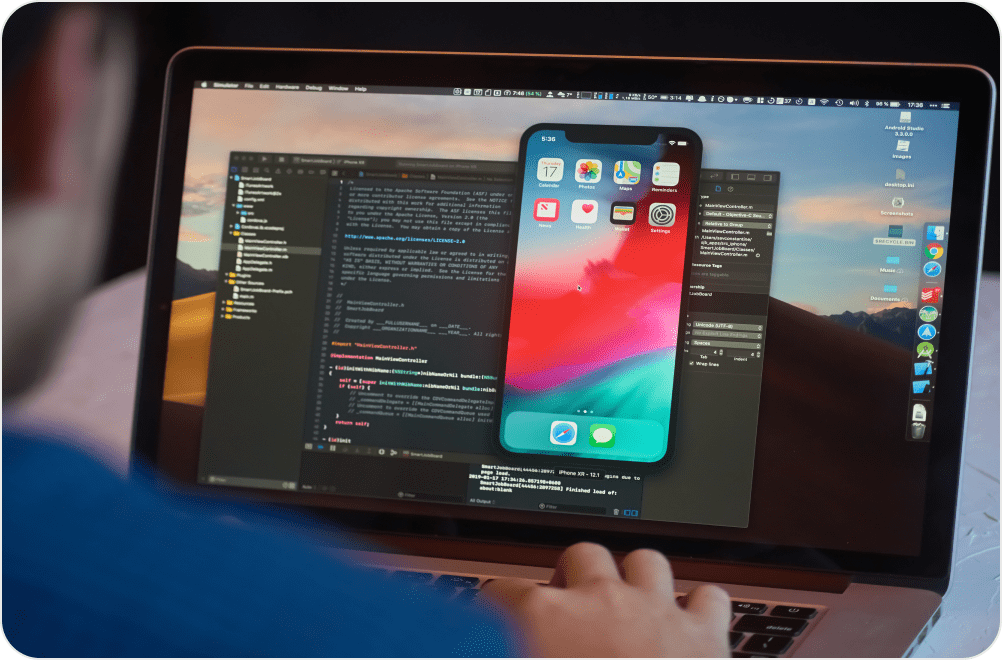The days were long gone when students were confined to a four-walled room with a bunch of books and a blackboard. Now that AI is here, technology has infected every industry segment, including education!
Artificial Intelligence has already changed traditional education by introducing educators to the concept of personalized learning and adaptive assessments. Not only does it improve the outcomes of student learning but it also rekindles the teaching practices while also optimizing the entire educational process.
According to the findings of Grand View Research, the global market for AI in education in 2021 was valued at 1.82 billion USD, and with a CAGR of 36%, it is unlikely that the numbers will fall as soon.
With that being said, let’s explore the application of AI in education and how it’s making learning more inclusive by helping teachers work smartly and tailoring education according to every student’s needs!
Why AI Is Good For Education?
Thanks to Artificial intelligence, modern education has now become more personalized, effective, and easily accessible!
Let’s be crystal clear – it’s not all about automating the work; it’s about introducing students and teachers to new ways of learning that would have been unimaginable 10 or even 15 years ago. Yet, why is AI good for education?
Let’s break it down:
Personalized Learning at Scale: In traditional classrooms, teachers are unable to address the different learning needs of each student. AI does this by providing adaptive learning platforms that present content according to individual performance. This means students are allowed to move at their level of learning, but they have to ensure they truly understand it before moving forward.
Administrative Efficiency: AI can take over boring tasks like managing attendance, curriculum planning, and grading student’s tasks. This not only speeds up the educational process but also allows teachers to pay more attention to student engagement. For example, Gradescope, a perfect AI-based grading software can reduce the grading time by up to 70%.
Real-Time Feedback: Feedback from AI-driven tools, such as instant feedback, helps students know where they are weak and what they have to improve on instantly instead of waiting weeks or days for a teacher to give it. It fast-tracks the learning cycle and encourages continuous improvement.
Increased Engagement: Why AI is good for students? It is because it helps the students enter into interactive, exciting learning environments such as virtual reality classrooms or AI-driven simulations. The platforms, in turn, make learning more immersive and motivate students to be active.
What Are the Various Ways AI Is Being Used In Education?
Thanks to Artificial intelligence, modern education has now become more personalized, effective, and easily accessible!
Let’s be crystal clear – it’s not all about automating the work; it’s about introducing students and teachers to new ways of learning that would have been unimaginable 10 or even 15 years ago. Yet, why is AI good for education?
Let’s break it down:
Personalized Learning at Scale: In traditional classrooms, teachers are unable to address the different learning needs of each student. AI does this by providing adaptive learning platforms that present content according to individual performance. This means students are allowed to move at their level of learning, but they have to ensure they truly understand it before moving forward.
Administrative Efficiency: AI can take over boring tasks like managing attendance, curriculum planning, and grading student’s tasks. This not only speeds up the educational process but also allows teachers to pay more attention to student engagement. For example, Gradescope, a perfect AI-based grading software can reduce the grading time by up to 70%.
Real-Time Feedback: Feedback from AI-driven tools, such as instant feedback, helps students know where they are weak and what they have to improve on instantly instead of waiting weeks or days for a teacher to give it. It fast-tracks the learning cycle and encourages continuous improvement.
Increased Engagement: Why AI is good for students? It is because it helps the students enter into interactive, exciting learning environments such as virtual reality classrooms or AI-driven simulations. The platforms, in turn, make learning more immersive and motivate students to be active.


